Often, moments of crisis generate a sense of urgency that overshadows all other considerations, turning the present moment into an overwhelming one. On the other hand, a recognition that “this is later”, the time to overlay the projection of the future onto the consequences of past choices and present actions, also serves as a potential catalyst for critical reflection on the challenges and possibilities of an increasingly interconnected and technologically mediated world, as seen in the exhibition “The World Keeps Ending” at META Spațiu Gallery in Timișoara.
The project, curated by Marina Paladi, took place between August 1 and September 14, 2024, and featured works by Josépha Blanchet, Mimi Ciora, Lorena Cocioni, Ilie Duță, Adrian Ganea, Uliana Gujuman, Cosmin Haiaș, Thea Lazăr, and Silvia Moldovan. The showcased projects explored relational systems in which humans are merely nodes in a network with multiple connections, presenting the impact of climate change, environmental fragility, and the potential of a post-apocalyptic future that we have already experienced.
Explicitly situated under the sign of Bruno Latour’s “Actor-Network Theory”, the exhibition “The World Keeps Ending” explored the cyclical nature of the end of the world “as we know it” as well as the complex connections between humans, nature, and technology. The exhibition presented the apocalypse not as a singular, devastating event, but as an ongoing process of transformation that provokes reflection on humanity’s interaction with the world and a redefinition of the existence of all actors in a new era. Proposing an ontology based on networks and a social theory that incorporates both human and non-human actors, Latour’s theoretical framework was employed in the exhibition in order to challenge traditional anthropocentric perspectives that view humans as separate from and superior to nature.
Positioning itself beyond the boundaries between the human and the non-human, the natural and the artificial, the exhibition proposed a “liminal continuum of interconnectedness” (a term introduced by Marina Paladi in the curatorial text), where these boundaries dissolve, a threshold where once-clear distinctions become diffuse, and where networks of relations are shaped by all participants. The artistic and activist project of Silvia Moldovan, the SEPALE sanctuary, offers a concrete example of this concept, constituting a space where human and non-human actors, including birds, art objects, and architecture, coexist in a symbiotic relationship, and where anthropocentric delimitations are intentionally blurred. True to these principles, the large-scale installation Mother Bird, presented by Silvia Moldovan in the exhibition, brought into the space – through painting and audio-video format – the intimate frames of the natural environment observed through a viewfinder that was not adapted exclusively to the human perspective.
The installation proposed by Mimi Ciora, Fade to Grey, borrowed the color scheme suggested by the 1980s song title by the band Visage and employed a semi-transparent curtain, behind which a human figure covered in vegetal tattoos was barely visible. The work addressed the separation between humans and nature, a nature that humans constantly long for yet irreversibly affect. The longing for nature and the desire for reconnection with it was also present in Josépha Blanchet’s work from the series Hikikomori, a Japanese term describing withdrawal from society, which in this case lead to a symbiosis with the vegetal environment.
The poems of Franny Choi, which also inspired the title of the exhibition, render an apocalypse not experienced uniformly, since marginalized communities underwent it in successive, recurring waves over time. The non-human beings described in some of the works in the exhibition also belong to these types of communities—such as the tree lamenting in Adrian Ganea’s piece, Silvia Moldovan’s birds, and the fossilized bees in Ilie Duță’s work – ”Before the apocalypse, the apocalypse of bees”, as stated in Choi’s lyrics.
In EcoMedia[1], Sean Cubitt distinguishes between three domains: physis, the natural world; polis, the realm of human society; and techne, technology in a broad sense, which includes not only machinery but also techniques such as language and gestures that humans use to communicate with and understand the world, seen as a mediating force between the other two. He argues that we cannot view technology simply as an instrument of domination over nature or as an entity separate from the natural world. Instead, we must recognize that technology is an integral part of our relationship with the environment and can be used in ways that are both beneficial and harmful to the planet.
One of the artists most concerned with technology in the exhibition was Cosmin Haiaș, who presented two works. The first, Cyborg Saint, was a replica of the skull of the man of Cro-Magnon, which the artist covered with over 80 laser-cut plexiglass sheets, each hand-drawn to perfectly overlap. Reminiscent of Heavenly Bodies, the richly ornamented relics of false saint martyrs photographed by Paul Koudounaris in the catacombs of Germanic Europe, Haiaș’s cyber-saint was adorned with LED light strips and invited us to reflect upon the new sacred figure worshipped by crowds: artificial intelligence. His second work in the exhibition, 13 Jars, continued in the same vein of Christian spirituality, offering an abstracted technological replica of Leonardo da Vinci’s The Last Supper, where Jesus was represented by red neon light and Judas by a flickering light, suggesting an anomaly.
According to Adrian Bojenoiu[2], social media technology has adopted art’s methods of communication, imposing a new way of perceiving reality with consequences on how we experience and understand the world, including the natural world. This raises the question of whether this new way of perceiving reality will lead to a greater appreciation of all the elements that make up the world or to an even deeper detachment from them.
This journalistic material was created with funding from the Energie! Creation Grants, awarded by the Municipality of Timișoara through the Project Center. The material does not necessarily represent the position of the Project Center of the Municipality of Timișoara, and the Center is not responsible for its content or how it may be used.
* McCarthy, Cormack, The Road, București: Humanitas, 2022, p. 54
[1] Cubitt, Sean, EcoMedia, Rodopi, 2005
[2] Bojenoiu, Adrian in The Message is the Medium (ed. Emilian Mărgărit), Image and Sound, 2020
POSTED BY
Raluca Paraschiv
Raluca Mihaela PARASCHIV (Ionescu), artist, researcher, and lecturer at the National University of Arts in Bucharest. With a transversal professional background in the fields of visual practice and th...
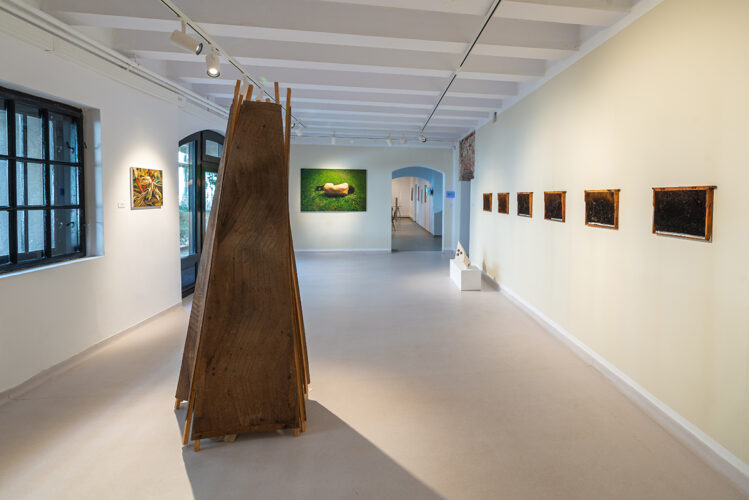
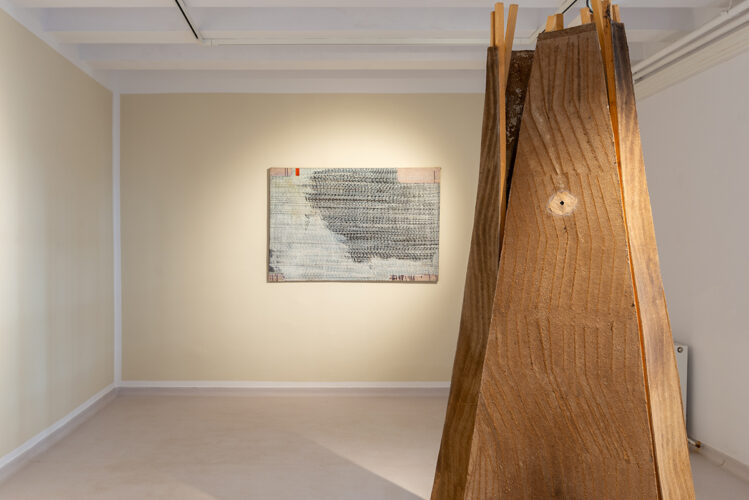
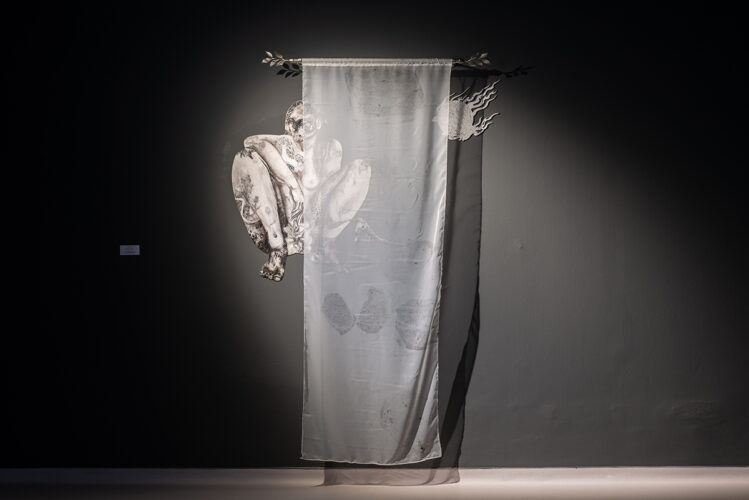
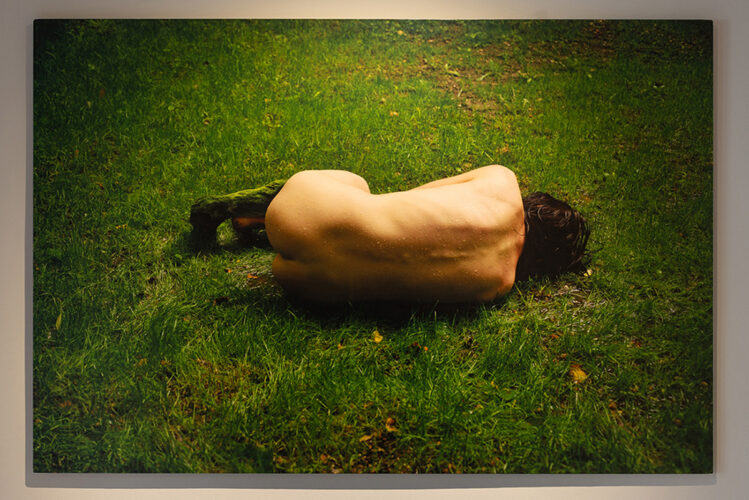
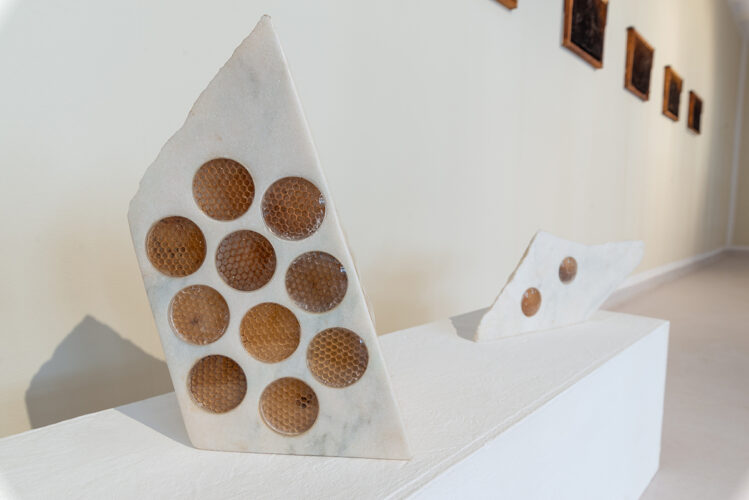

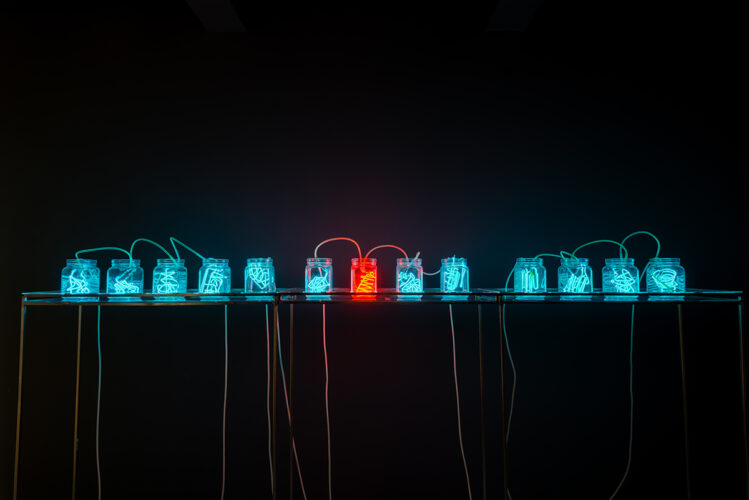
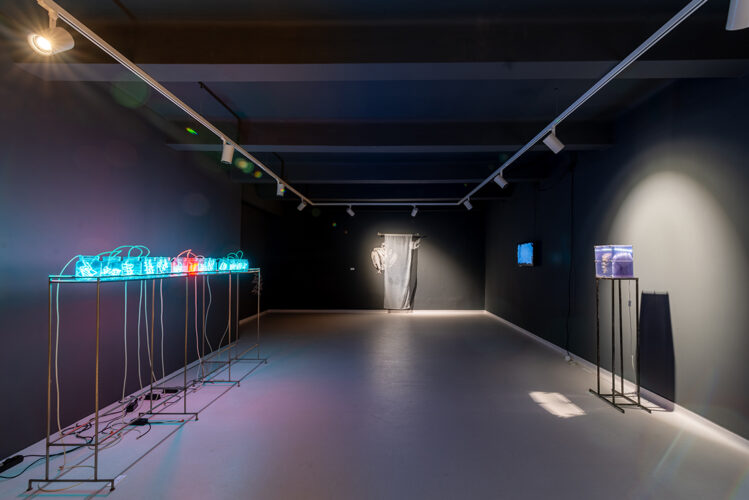
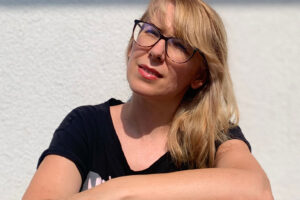
Comments are closed here.